A LOT of Wi-Fi Points (Networks) In the House and Connection Offten Breaks
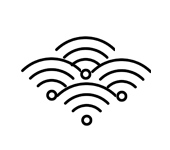
If you have come to this page, then most likely you have faced the problem of unstable Wi-Fi network connection, and the connection itself is often dropped. You can probably guess why this happens. Most likely, there are a lot of Wi-Fi networks in your apartment, and because of interference from these networks you have problems with Wi-Fi connection and constant connection breaks.
This problem is very popular nowadays. If you live in an apartment, then most likely all your neighbors have Wi-Fi routers installed, each broadcasting a wireless network. And it turns out that all these networks intersect one with one. Now almost all Wi-Fi networks work on 2.4GHz frequency. We have all these networks working on channels from 1 to 13. And when there are a lot of these points, it turns out that two or more Wi-Fi networks can work on the same channel. It is precisely because of such interference that you may have problems with wireless connection on your devices. And as practice shows, it is not even necessary that there are a lot of neighboring access points. There can be several of them, but they can somehow interfere with each other and cause interference.
I have already seen several cases when in the apartment because of a large number of neighboring wireless networks, the Internet on Wi-Fi did not work at all. Either devices did not connect to the router at all, or they connected and immediately lost connection. There are also cases when there is a connection, but the Internet works very slowly, or does not work at all. I have already written about a similar problem in the article“Unstable wi-fi. Why the Internet through a Wi-Fi router breaks“.
As for the solution to this problem, first we need to experiment with the channel on which our Wi-Fi network works. If it does not help, then we need to move to a new, and more free frequency 5GHz.
Unstable Wi-Fi operation due to a large number of neighboring networks
Let’s try to deal with this problem point by point. First you need to find out whether the problem is in your access point (router), or in a particular device.
1
What’s the cause. Look, if you have all devices connect to the Wi-Fi network well, and keep a stable connection, and some device is unstable, then the problem is most likely in this device. As a rule, this laptop or computer with an adapter. In this case, the solution should be sought on the device itself. If it is a laptop, then check how it works with other networks, put it next to your access point, and check the work. Update the Wi-Fi adapter driver. Perhaps the problem is not interference from neighboring networks, but specifically in this device.
2
Since we have problems most likely due to interference on the Wi-Fi network channel, we should try to change the channel of our wireless network in the router settings. We should try several different options. Or, use the inSSIDer program to find a free channel.
This is how it looks like on ASUS router:
Try different channels. After each change, don’t forget to save the settings and reboot the router.
3
If changing the channel doesn’t help and you are sure that the problems with wireless network operation are due to interference from a large number of neighboring Wi-Fi networks, there is one proven option. Switching to the 5GHz frequency. True, here you will have to buy a new router. We will need a dual-band router. It would be good to borrow such a router from someone and check how the connection to Wi-Fi at 5GHz will work in your house. If everything works well, then you can think about buying a new router. Some models I advised in the article on choosing a router for the house, or apartment.
But, please note that most likely not all of your laptops, smartphones, tablets, and other devices will be able to connect to a wireless network at 5GHz. Older devices may not support this technology. I wrote about this in this article.
This is a case where it is very difficult to advise something specific. After all, an unstable connection to a Wi-Fi network can be caused by anything. The same interference from a large number of neighboring networks, interference from some household appliances, problems with the adapter itself on the device, failure of the Wi-Fi router (not uncommonly problems with power supply), and so on. Here you just need to experiment, and look for the culprit. If anything, you can always leave your questions and tips in the comments below.

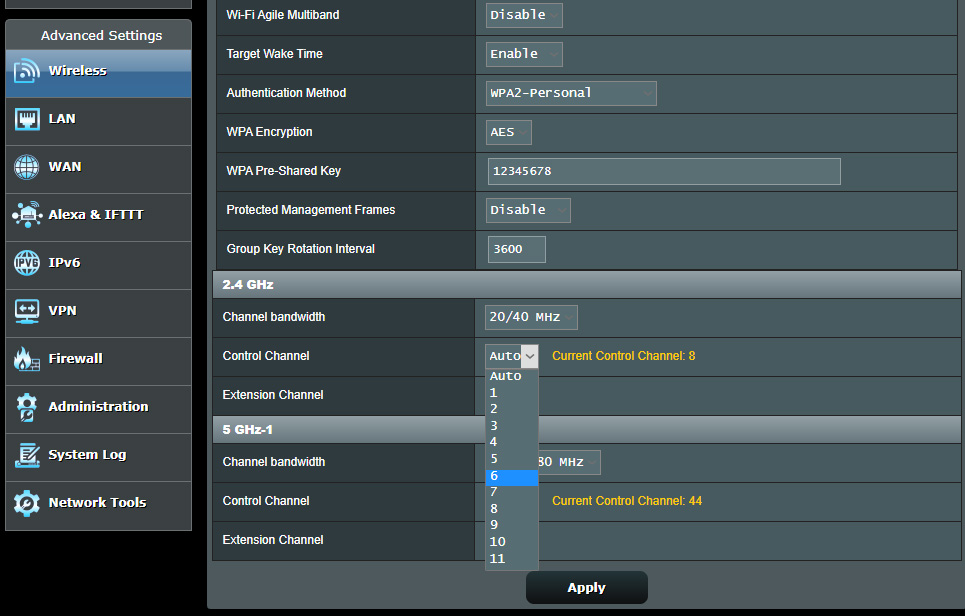
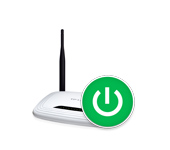 On the tp-Link Router, Only The Power Indicator Burns and Does Not Enter The Settings
On the tp-Link Router, Only The Power Indicator Burns and Does Not Enter The Settings 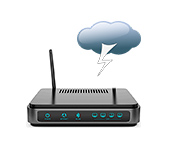 After a Thunderstorm, A Wi-Fi Router Stopped Working. Who, What to do, and How to Protect the Router from A Thunderstorm?
After a Thunderstorm, A Wi-Fi Router Stopped Working. Who, What to do, and How to Protect the Router from A Thunderstorm? 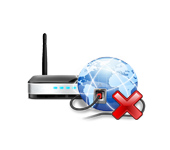 Who is the Internet wi-fi and cable through The Router?
Who is the Internet wi-fi and cable through The Router?  There is no concess to 192.168.1 and 192.168.0.1. No Connection with the Router
There is no concess to 192.168.1 and 192.168.0.1. No Connection with the Router